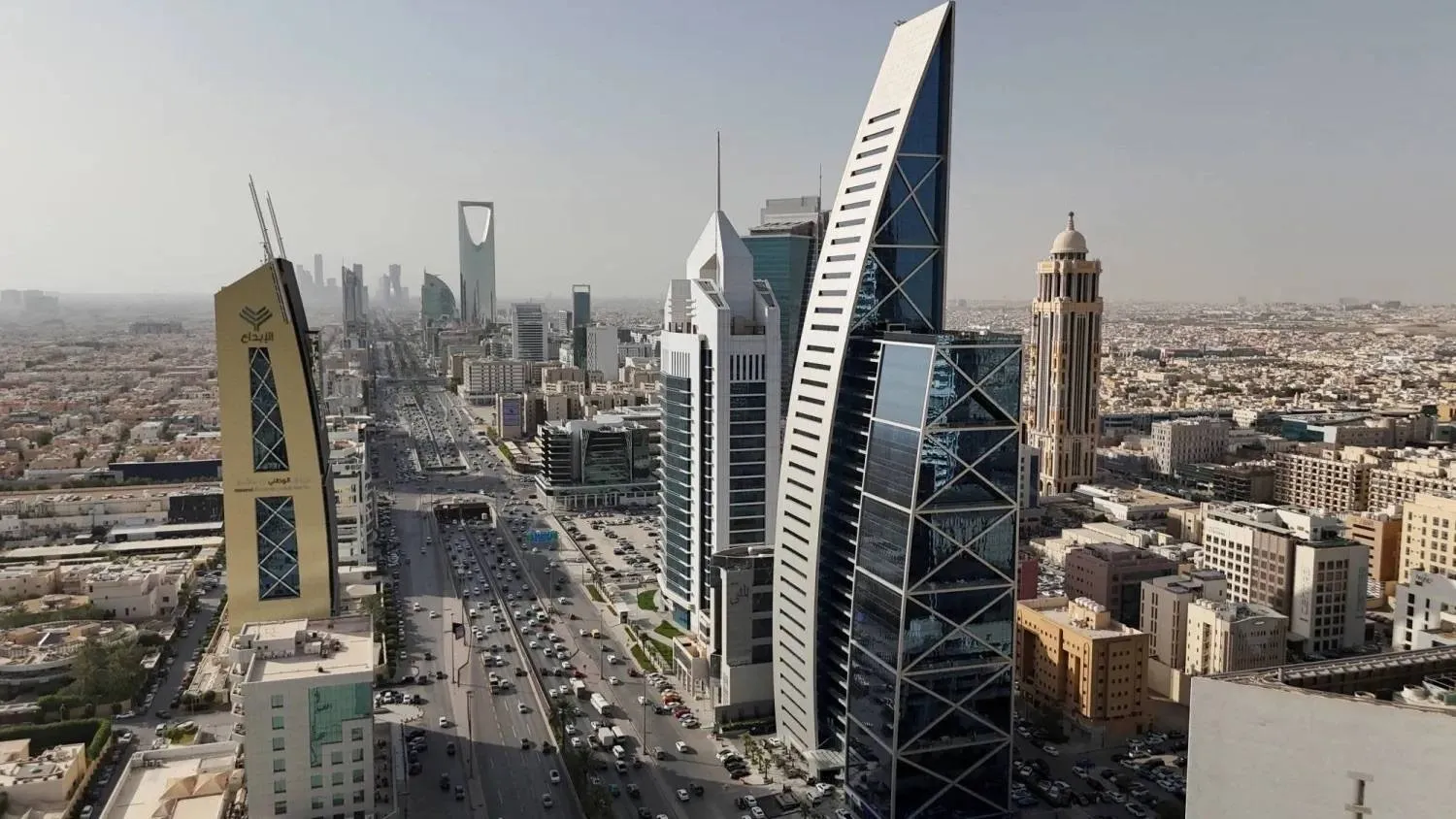Saudi Arabia has launched a host of initiatives and creative solutions for the global climate crisis in tandem with the UN’s flagship 2022 climate summit, COP 27. The Kingdom has held the second edition of the forums of the Saudi Green Initiative (SGI) and the Middle East Green Initiative (MGI).
The forums were launched under the widespread sponsorship of Saudi Crown Prince Mohammed bin Salman.
Over the course of the conference, the Kingdom made numerous announcements regarding climate and unconventional solutions to deal with the global crisis.
They included planting billions of trees in deserts, launching specialized environmental indicators in the energy field, new technological innovations to reduce emissions, as well as multiple multibillion-dollar deals for producing renewable energy.
The Saudi Chief Negotiator for the Climate Agreements Khalid Abuleif has affirmed to Asharq Al-Awsat that his country’s rich energy resources are the reason why Saudi Arabia is called an “energy Kingdom.”
“God has granted the Kingdom all the natural resources in the field of energy,” said Abulief, noting that Saudi Arabia has a great capacity for both solar and wind energy production.
“We have rare metals, and they have a wonderful future...and that of course is in addition to the hydrocarbon treasures underground.”
“All we need is to find and localize technologies, and ensure that they become an integral part of the national economy, not only in order to provide our energy needs, but also to export it, through electrical interconnection with the Gulf states, Iraq and Egypt,” asserted Abulief.
Abulief also noted that the Kingdom can produce both green and blue hydrogen.
“The Kingdom is one of the world's largest countries in desalination technologies and has enormous potential in this industry; this is crucial for the production of green hydrogen,” said Abulief, adding that the Kingdom can also use its carbon capture and storage technologies to produce blue hydrogen.
“All of these are opportunities that we can take advantage of,” affirmed Abulief.
Abulief also highlighted the Kingdom’s abilities in implementing a Carbon Circular Economy (CCE).
“Even for oil and gas, the Kingdom has capabilities to control the gas generated from burning them, so that they are captured and then converted into part of the economic system, whether through recycling or use, or underground storage in special reservoirs,” said Abulief.
When asked on whether the Saudi initiatives will give the Kingdom the opportunity to lead the renaissance of renewable energy globally, side by side with conventional energy, Abulief said: “I have absolutely no doubt about the Kingdom’s ability to do so, because it can produce large quantities of renewable and hydrocarbon energies, while at the same time maintaining its environmental commitments and emission reduction goals.”









